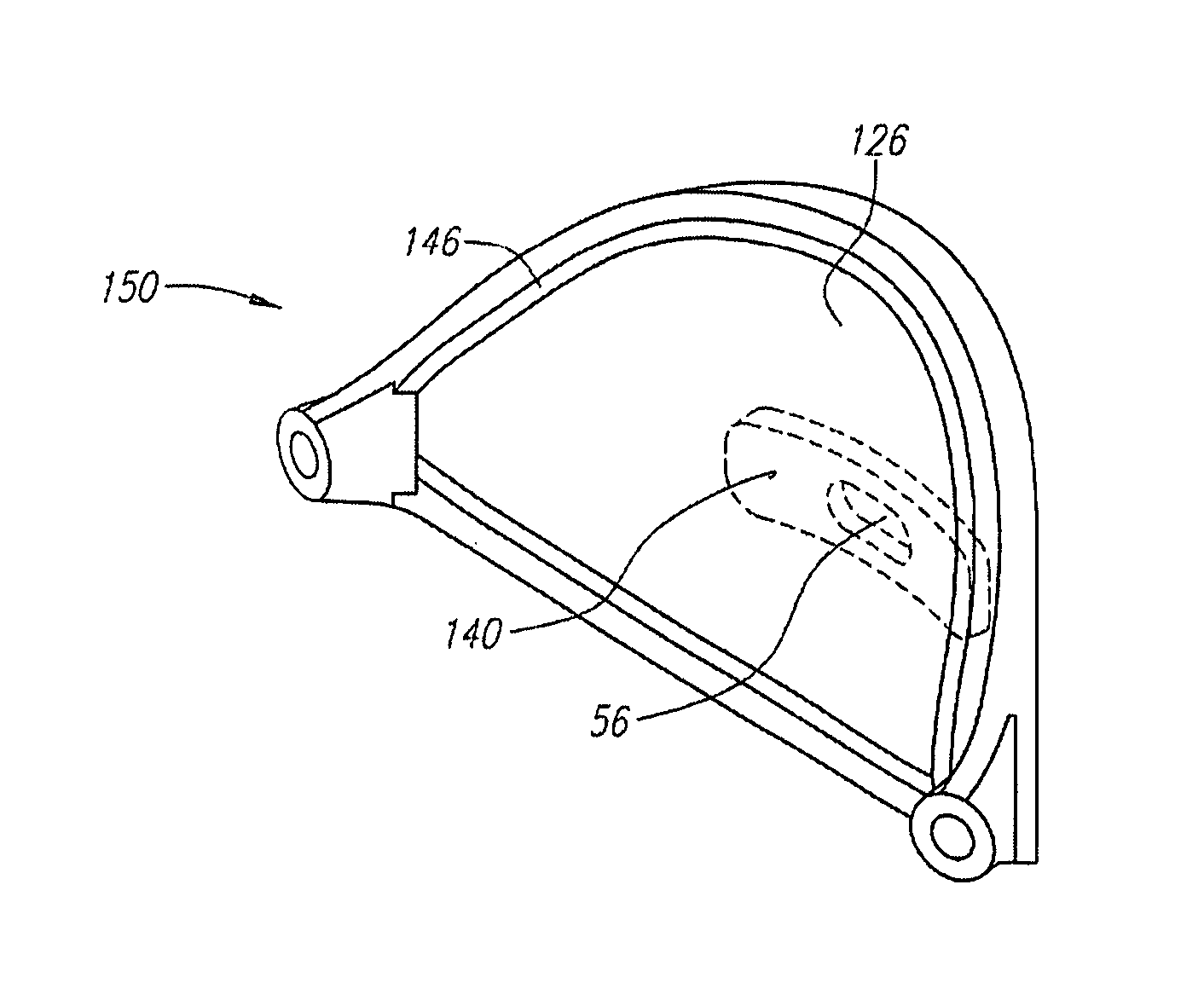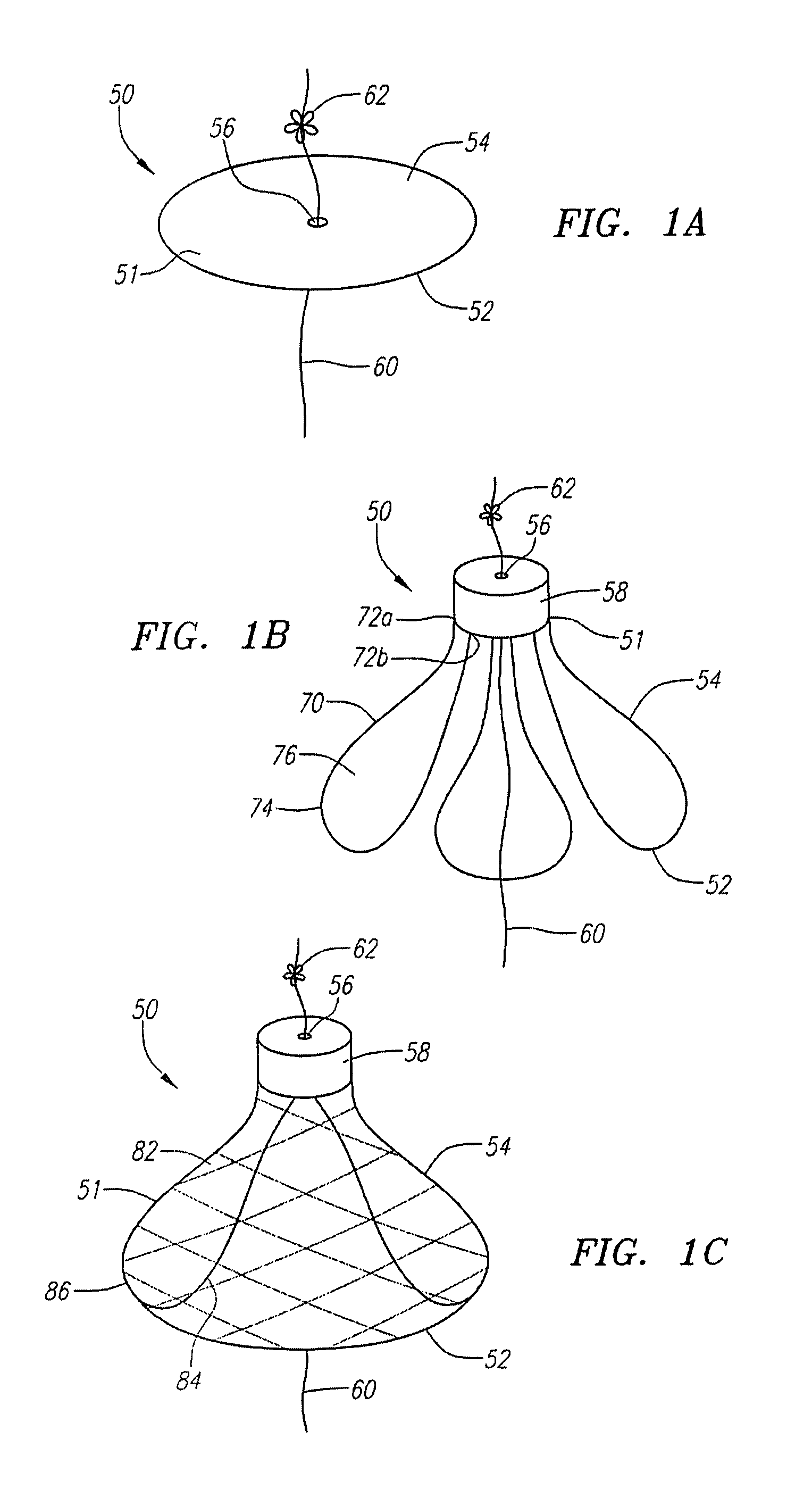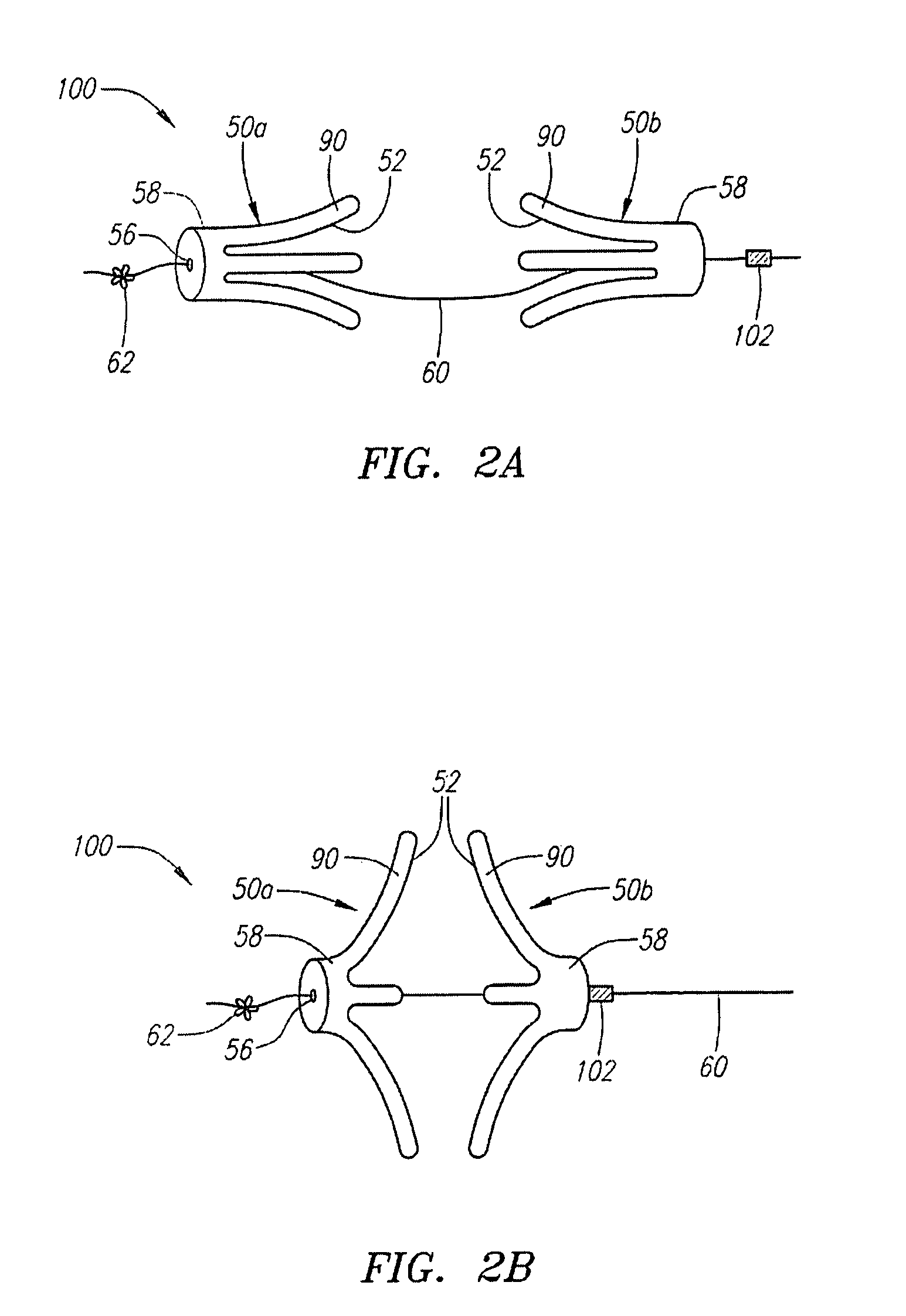Low profile tissue anchors, tissue anchor systems, and methods for their delivery and use
a tissue anchor and low-profile technology, applied in the field of low-profile tissue anchors, tissue anchor systems, and methods for their delivery and use, can solve the problems of affecting the ability of the mucosa and connective tissue to support the tensile load, the time and number of intubations needed to perform the various procedures endoscopically, and the strength of the staple or anchor to tear through the tissue, so as to facilitate and promote tissue healing and reconfiguration, increase the holding strength of the tissue anchor
- Summary
- Abstract
- Description
- Claims
- Application Information
AI Technical Summary
Benefits of technology
Problems solved by technology
Method used
Image
Examples
Embodiment Construction
[0042]The devices described herein include several embodiments of tissue anchors, tissue anchor assemblies, and tissue anchor delivery systems. The methods described herein include several embodiments of methods for reconfiguring tissue, methods for joining portions of tissue together, and methods for deploying and using tissue anchors and tissue anchor systems.
[0043]The tissue anchors described herein are devices that have a contact surface adapted to engage an engagement surface of a portion of tissue and to coact with a connector, such as a suture, to maintain the tissue in a desired configuration or reconfiguration. In several of the embodiments described herein, the tissue anchors include a flat, large, or broad contact surface. In several of the embodiments, the tissue anchors have a first, low-profile shape and / or size to facilitate delivery, and a second, enlarged shape and / or size for deployment against a portion of tissue to be maintained in a desired configuration or reco...
PUM
 Login to View More
Login to View More Abstract
Description
Claims
Application Information
 Login to View More
Login to View More - R&D
- Intellectual Property
- Life Sciences
- Materials
- Tech Scout
- Unparalleled Data Quality
- Higher Quality Content
- 60% Fewer Hallucinations
Browse by: Latest US Patents, China's latest patents, Technical Efficacy Thesaurus, Application Domain, Technology Topic, Popular Technical Reports.
© 2025 PatSnap. All rights reserved.Legal|Privacy policy|Modern Slavery Act Transparency Statement|Sitemap|About US| Contact US: help@patsnap.com



